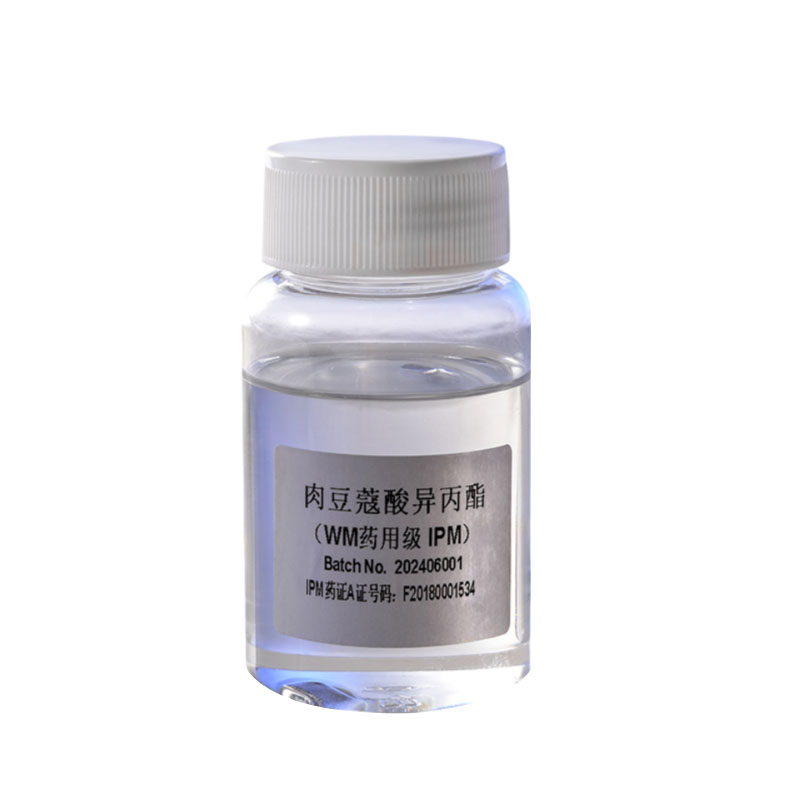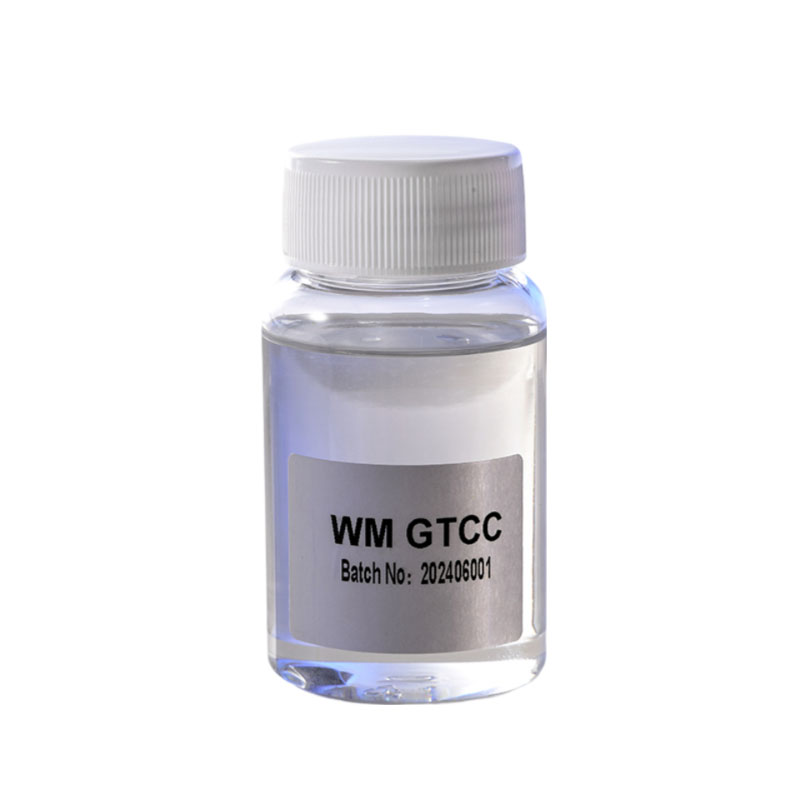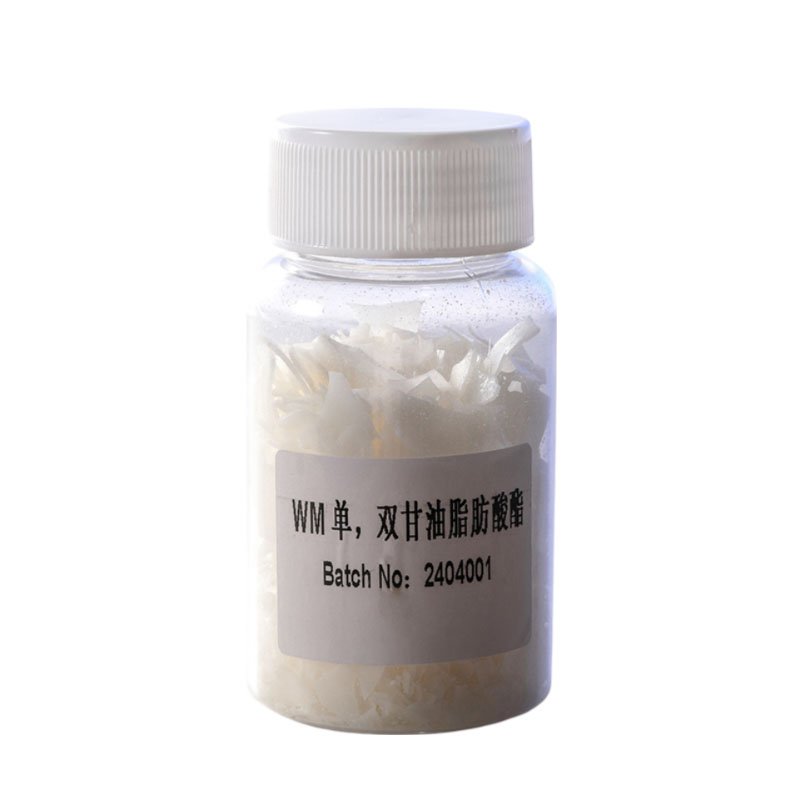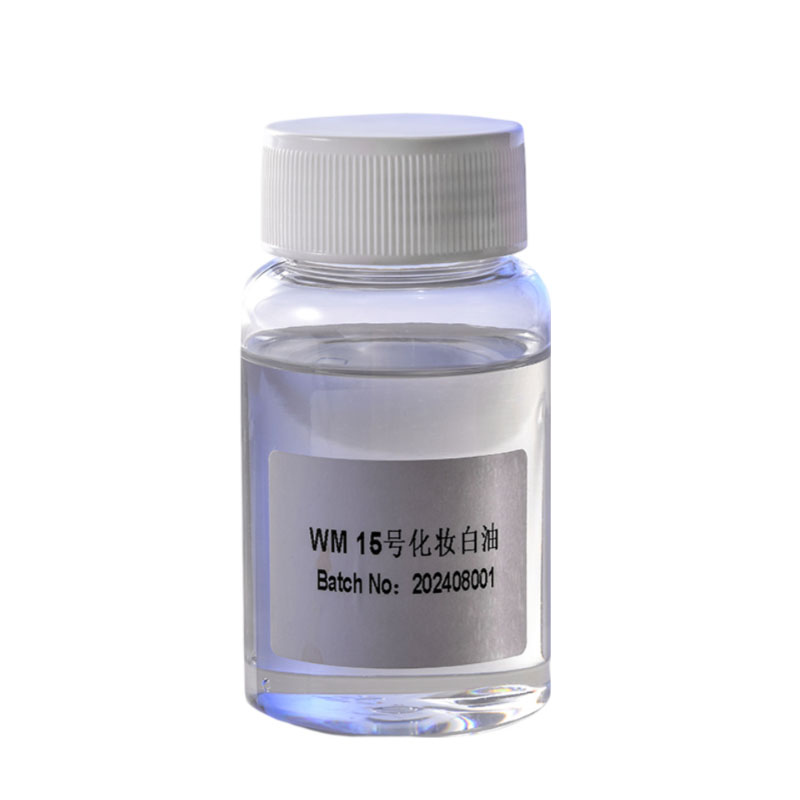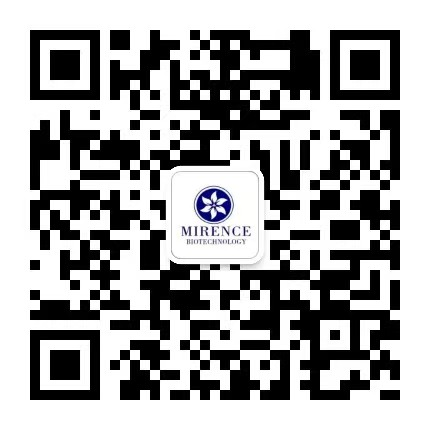How safe is monoglyceride?
Release Time : 2025-03-06
Monoglyceride, full name glyceryl stearate (GMS), as a common food additive, plays an important role in the food industry. It is mainly used to improve the texture, stability and taste of food, such as as an emulsifier, stabilizer, dispersant, etc. However, with the increasing concern of consumers about food safety issues, the safety of monoglyceride has also become a hot topic.
From a chemical structure point of view, monoglyceride is a compound generated by esterification of glycerol and fatty acids. This structure gives it good surface activity, enabling it to evenly disperse or dissolve incompatible liquid or solid mixtures on a macro scale to form a stable suspension or solution. In the food industry, this property of monoglyceride is widely used in the processing and production of various foods.
A lot of research and evaluation have been conducted at home and abroad on the safety of monoglyceride. According to existing scientific evidence and regulatory standards, monoglyceride is considered to be a relatively safe food additive. After being ingested by the human body, it can be completely hydrolyzed into glycerol and fatty acids in the intestine. These components are substances required for normal metabolism of the human body and will not have toxic effects on the human body.
In addition, the amount of monoglyceride added to food is also strictly controlled. Food safety regulatory agencies in various countries have formulated corresponding standards and regulations to stipulate the maximum amount of monoglyceride used in different foods. These regulations are intended to ensure that the amount of monoglyceride added to food will not cause adverse effects on human health.
Of course, any substance may pose a potential risk to the human body if it is consumed in excess. Monoglyceride is no exception. If consumed in excess, it may increase the level of fatty acids in the human body, which in turn affects indicators such as blood lipids and cholesterol. However, this situation rarely occurs under normal circumstances, because food manufacturers usually strictly abide by relevant regulations and standards to ensure that the amount of monoglyceride added is within a safe range.
In general, monoglyceride, as a food additive, is relatively safe when it complies with relevant regulations and standards. When purchasing food, consumers can pay attention to the ingredient list on the food label to understand whether monoglyceride is added to the food and how much is added. At the same time, maintaining a balanced diet and a healthy lifestyle are also important measures to ensure food safety and health. For food manufacturers, strictly abiding by relevant regulations and standards to ensure the safe use of food additives is the key to maintaining consumer trust and brand image
From a chemical structure point of view, monoglyceride is a compound generated by esterification of glycerol and fatty acids. This structure gives it good surface activity, enabling it to evenly disperse or dissolve incompatible liquid or solid mixtures on a macro scale to form a stable suspension or solution. In the food industry, this property of monoglyceride is widely used in the processing and production of various foods.
A lot of research and evaluation have been conducted at home and abroad on the safety of monoglyceride. According to existing scientific evidence and regulatory standards, monoglyceride is considered to be a relatively safe food additive. After being ingested by the human body, it can be completely hydrolyzed into glycerol and fatty acids in the intestine. These components are substances required for normal metabolism of the human body and will not have toxic effects on the human body.
In addition, the amount of monoglyceride added to food is also strictly controlled. Food safety regulatory agencies in various countries have formulated corresponding standards and regulations to stipulate the maximum amount of monoglyceride used in different foods. These regulations are intended to ensure that the amount of monoglyceride added to food will not cause adverse effects on human health.
Of course, any substance may pose a potential risk to the human body if it is consumed in excess. Monoglyceride is no exception. If consumed in excess, it may increase the level of fatty acids in the human body, which in turn affects indicators such as blood lipids and cholesterol. However, this situation rarely occurs under normal circumstances, because food manufacturers usually strictly abide by relevant regulations and standards to ensure that the amount of monoglyceride added is within a safe range.
In general, monoglyceride, as a food additive, is relatively safe when it complies with relevant regulations and standards. When purchasing food, consumers can pay attention to the ingredient list on the food label to understand whether monoglyceride is added to the food and how much is added. At the same time, maintaining a balanced diet and a healthy lifestyle are also important measures to ensure food safety and health. For food manufacturers, strictly abiding by relevant regulations and standards to ensure the safe use of food additives is the key to maintaining consumer trust and brand image


